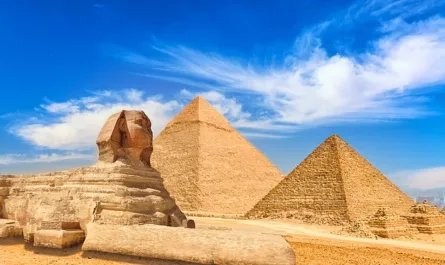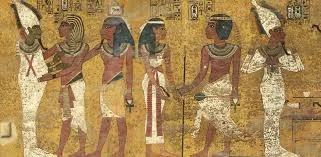
In the 1st century BC, the Greek historian Diodorus Siculus recorded a striking belief held by the Ethiopians: they considered the ancient Egyptians their colonial offspring, claiming that core Egyptian practices—such as divine kingship, sculpture, and written language—originated from Ethiopian traditions. This perspective, rooted in the regions of modern Sudan, South Sudan, and Ethiopia (historically part of Abyssinia or Nubia/Kush), points to a deep cultural interchange along the Nile Valley. Far from a mere historical footnote, this ancient viewpoint challenges modern narratives about the origins of civilization, urging a reevaluation of Egypt’s relationship with its southern neighbors and offering profound implications for how we understand these African civilizations today.
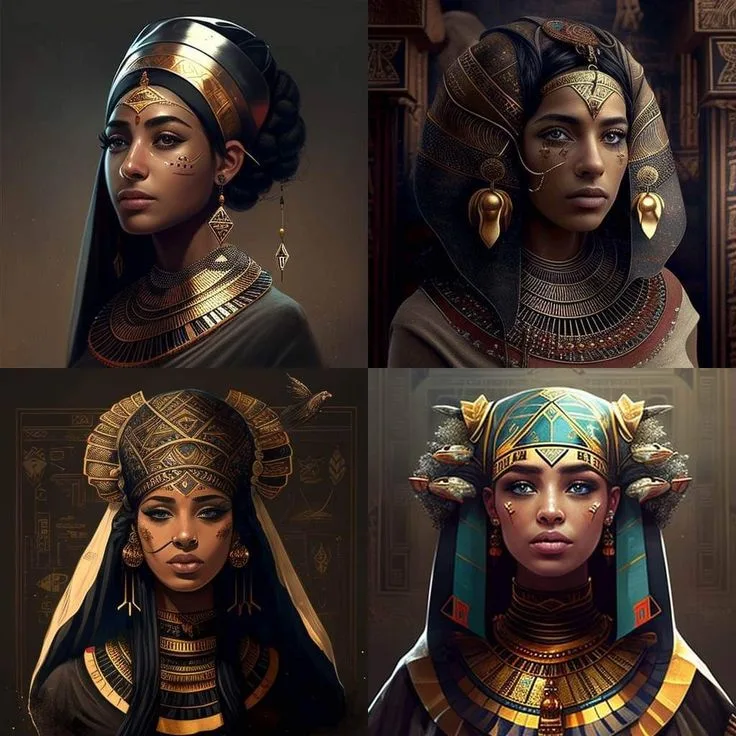
Diodorus’ Account: A Bold Claim
In his Bibliotheca Historica (Book III), Diodorus Siculus, drawing on earlier sources and possibly Ethiopian oral traditions, noted that the people of “Ethiopia” (a Greek term for lands south of Egypt, encompassing Nubia and beyond) believed they had colonized Egypt in ancient times. They argued that Egyptian customs, including the veneration of rulers as divine, the creation of monumental sculptures, and the development of hieroglyphic writing, were adaptations of their own practices. This claim positioned Ethiopia not as a peripheral culture but as a progenitor of one of history’s most celebrated civilizations.
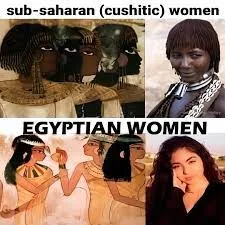
The term “Ethiopia” in antiquity referred broadly to the upper Nile Valley, including the powerful Kingdom of Kush (centered in modern Sudan), with capitals like Kerma (2500–1500 BCE) and Meroë (800 BCE–350 CE). These regions, rich in gold, trade routes, and cultural innovation, were in constant contact with Egypt, sometimes as rivals, allies, or conquerors, as seen in the 25th Dynasty (744–656 BCE), when Nubian kings ruled Egypt. Diodorus’ account suggests that the Ethiopians viewed this relationship as one of cultural precedence, with Egypt as an extension of their heritage.
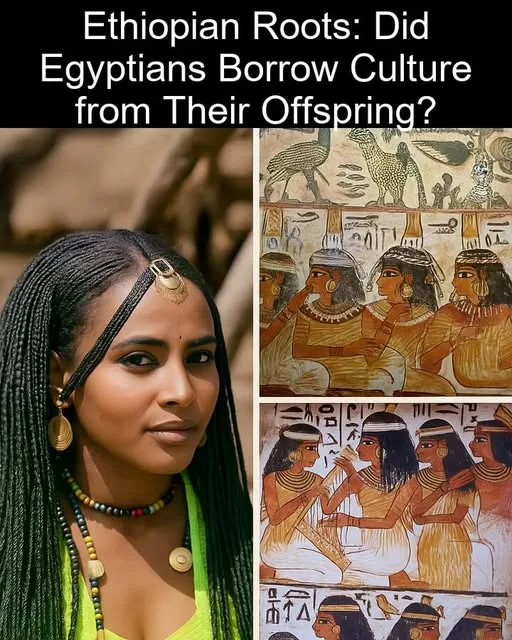
Archaeological Evidence: A Shared Nile Valley Legacy
Modern archaeology lends credence to the idea of bidirectional cultural exchange. Nubian sites like Kerma, predating Egypt’s Old Kingdom, show evidence of advanced urbanism, with massive mudbrick structures (deffufa) and royal burials that rival Egyptian pyramids in complexity. Meroë’s smaller, steep-sided pyramids (3rd century BCE–4th century CE) and its unique Meroitic script, which remains only partially deciphered, suggest a sophisticated culture that paralleled and influenced Egypt. Practices like ritual scarification, divine kingship, and solar worship appear in both regions, with Nubian examples often predating or coexisting with Egyptian ones.
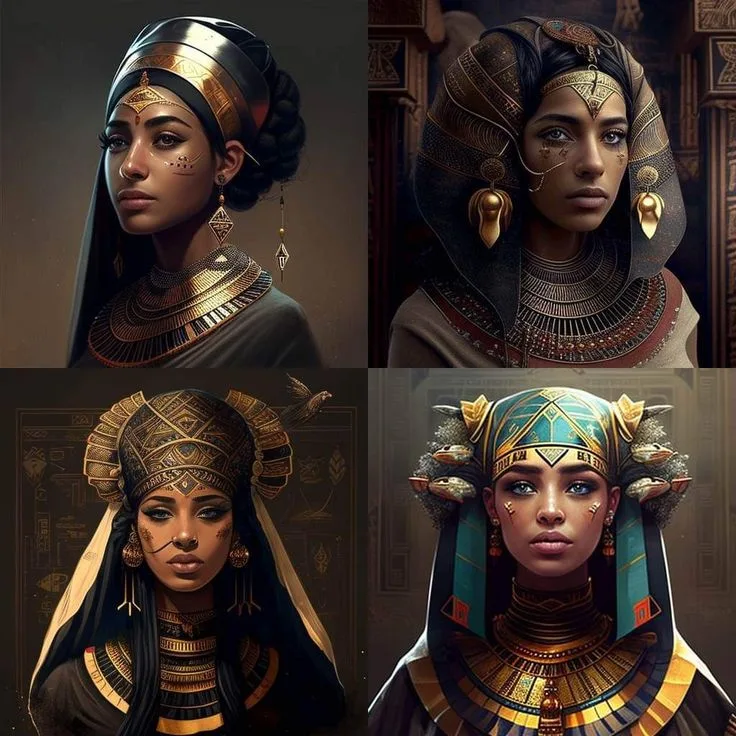
For instance, the Nubian practice of mummification, evidenced at Kerma around 2000 BCE, aligns with early Egyptian experiments, hinting at shared or borrowed techniques. Similarly, astronomical alignments in Nubian temples, like those at Musawwarat es-Sufra, mirror Egypt’s solar-oriented architecture, such as Newgrange’s solstice design or the Baalbek temple’s precision. These parallels suggest a vibrant cultural corridor along the Nile, where ideas flowed freely, challenging the notion that Egypt alone drove innovation.
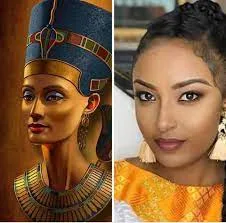
Challenging Eurocentric Narratives
For centuries, colonial-era scholarship isolated ancient Egypt as a Near Eastern or Mediterranean civilization, downplaying its African roots. This Eurocentric lens marginalized Nubia/Kush, portraying it as a lesser imitator of Egyptian grandeur. Diodorus’ account, supported by archaeological finds, disrupts this narrative, positioning Ethiopia as a cultural wellspring. It aligns with Afrocentric scholarship, championed by figures like Cheikh Anta Diop, who argued for Egypt’s African origins, and complements the work of historians like Irfan Habib, who emphasize marginalized voices in history.
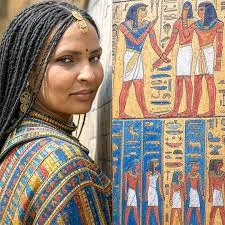
This perspective reframes Egypt not as an isolated “cradle of civilization” but as part of a broader African network. It suggests that practices like hieroglyphic writing, often credited solely to Egypt, may have drawn from earlier Nubian symbolic systems, such as pottery motifs from Kerma (3000 BCE). Similarly, the veneration of rulers as gods, central to Egyptian pharaonic culture, finds parallels in Kushite traditions, where kings were seen as divine mediators, as evidenced in Meroë’s royal iconography.

Implications for Modern Understanding
Embracing the Ethiopian viewpoint has transformative implications for how we study and teach ancient history:
Elevating Nubian Contributions: Recognizing Ethiopia (Kush) as a potential source of Egyptian culture elevates Nubia’s role in global history. Sites like Meroë, Kerma, and Napata deserve greater study and preservation, especially as climate change and urbanization threaten Sudan’s archaeological heritage. Initiatives like UNESCO’s Nubian Monuments campaign could expand to protect these sites, mirroring efforts for Hadrian’s Villa or HIMI.
Fostering Pan-African Identity: This perspective strengthens cultural pride and unity across modern Sudan, South Sudan, and Ethiopia, countering colonial legacies that fragmented African histories. It encourages curricula that highlight African agency, much like the Dahomey Amazons’ cornrow maps showcased resilience and ingenuity.
Rewriting Innovation Timelines: The claim prompts interdisciplinary research into pre-dynastic Nile Valley societies (4000–3000 BCE). Techniques like isotopic analysis and comparative linguistics could clarify the origins of practices like astronomy or writing, potentially pushing back timelines of African innovation.
Challenging Biases: Like the debunked Coso Artifact or the speculative Baalbek stone, this viewpoint urges critical examination of historical assumptions. It encourages historians to prioritize primary sources, like Diodorus’ text or Nubian inscriptions, over Eurocentric frameworks.
Lessons for Today
The Ethiopian claim, like the Jadeite Cabbage’s symbolism or Samir and Muhammad’s friendship, reflects cultural ingenuity and interconnectedness. It teaches us to:

Embrace Diverse Narratives: Acknowledging Nubia’s influence fosters inclusive histories, inspiring modern societies to value diverse contributions.

Protect Cultural Heritage: Preserving sites like Meroë, akin to safeguarding the Lamassu or Tasmanian tiger’s rock art, ensures future generations learn from Africa’s past.
Question Assumptions: Like the black seadevil’s rare sighting, this perspective challenges us to explore the unknown, driving innovation in archaeology and education.

A Vibrant Legacy

Diodorus Siculus’ account of the Ethiopians’ belief—that Egypt was their offspring—recasts the Nile Valley as a cradle of shared African innovation. From Kerma’s ancient burials to Meroë’s pyramids, the evidence suggests a cultural exchange that shaped one of history’s greatest civilizations. This ancient viewpoint, like a spearhead lodged in bone, pierces modern biases, demanding we recognize Nubia’s legacy and rethink the roots of human achievement. As we study these civilizations, we’re reminded that history’s deepest truths often lie in the connections we’ve yet to fully explore.
